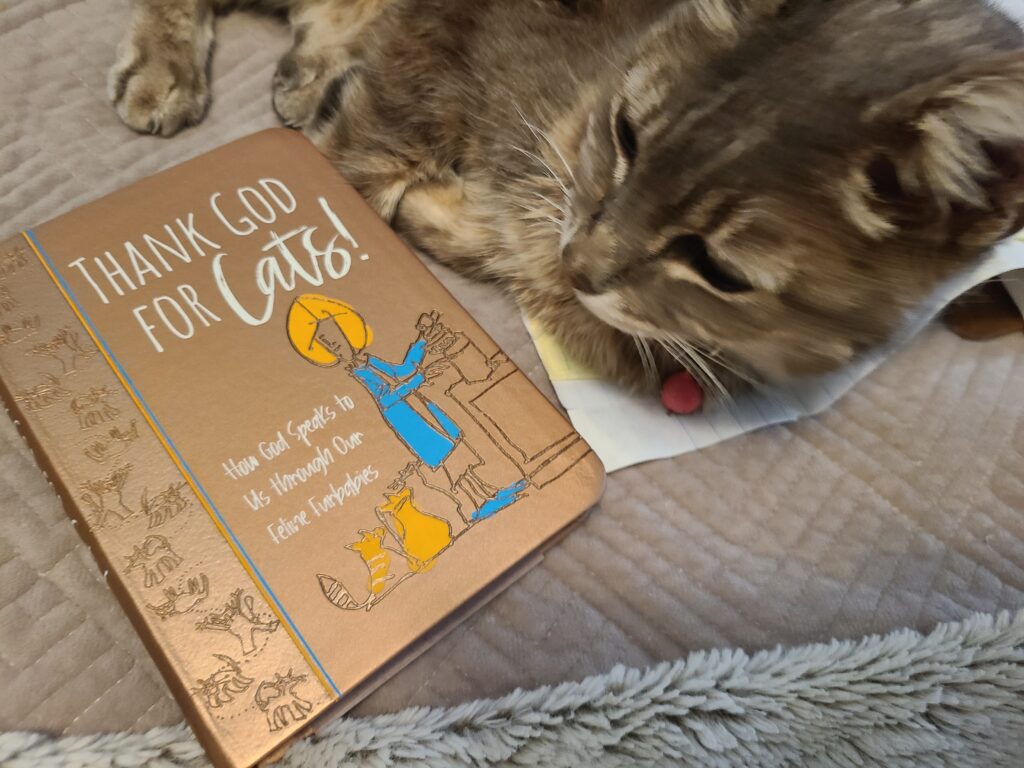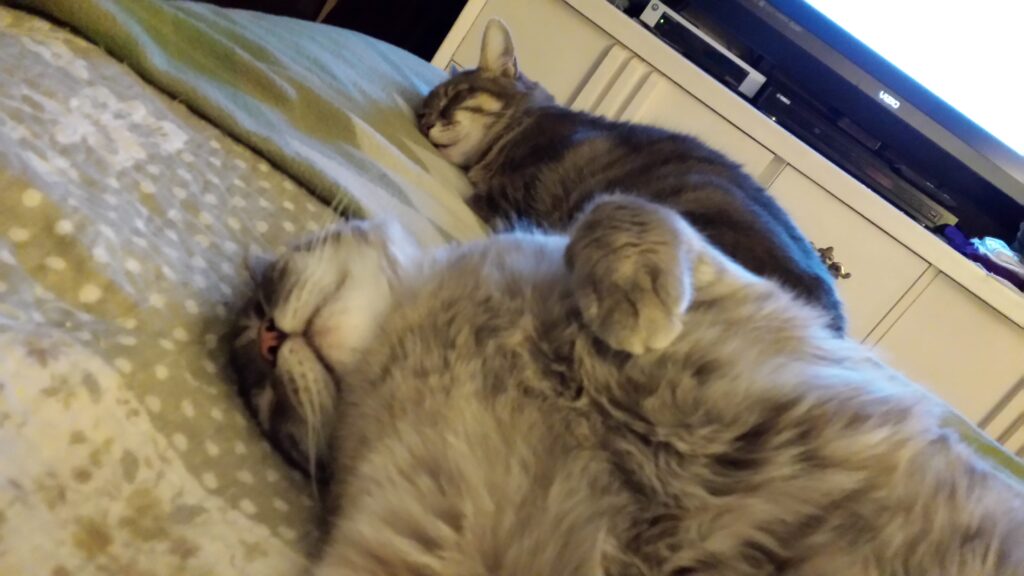
In fiction/memoir, our characters carry the story, and writers must understand their strengths and weaknesses.
Writing Tip for Today: Here are some tips for your character development:
Shallow v. Deep
In forming characters for your novel, memoir or story, you’ll give each one personality traits that make up the bedrock of your story. You want readers to “like” the lead character enough to care what happens to that character, so in general, positive traits are on full display.
What about character weaknesses? Your character’s shortcomings are as or even more important than the strengths. Weaknesses, vulnerabilities and shadow sides should help shape the story’s tension and conflict. A protagonist with few weaknesses often makes a story feel shallow or two-dimensional.
The Lead Character’s weaknesses should force him/her to grapple with problems at hand and, in effective stories, pull that character toward eventual growth and change. Readers are more interested in rooting for a character who has weaknesses (like they do) but somehow summons the strength to overcome a major problem.
Shallow v. Deep Balance
Balancing the inner and outer aspects of a story requires forethought. If your character has a two-dimensional feel, chances are that you have concentrated on action over sequel or reactions. Conversely, if you give your character too much psychological complexity and neglect action, your writing may feel slow or heavy.
You can assign your character’s attributes, but unless he/she acts these things out on the page, readers won’t know what they are. Your character must act, react and act again through a filter of the attitudes and perspectives you give him/her.
Learn to pace your scenes to help you balance your inner and outer conflicts. Balance strengths and weaknesses on the page, so that readers appreciate your character as three-dimensional.

Deep POV can help readers understand character motivations and attitudes.
Shallow v. Deep POV
A great way to achieve this balance is by writing in Deep POV (point of view). Deep POV moves the camera in close so that your character’s actions and reactions come straight out of his/her mind. No author intrusion or filtering is necessary, and readers feel as though they are living the story alongside the protagonist or Point of View character.
To understand more about Deep POV, read about it here. In Deep POV, readers are nestled directly in the narrator’s mind, and are privy to that character’s wants and desires. This technique is often used in first-person stories, but third-person stories can also use Deep POV to great effect.
Don’t forget about the bad guy! Your antagonist or foe should be as three-dimensional as your protagonist. Nobody is all good or all bad. Give your baddie at least some sort of quality that proves he/she is human. Well-rounded characters can help your writing feel life-like and believable. Check your work for a balance of strengths and weaknesses in your characters.




